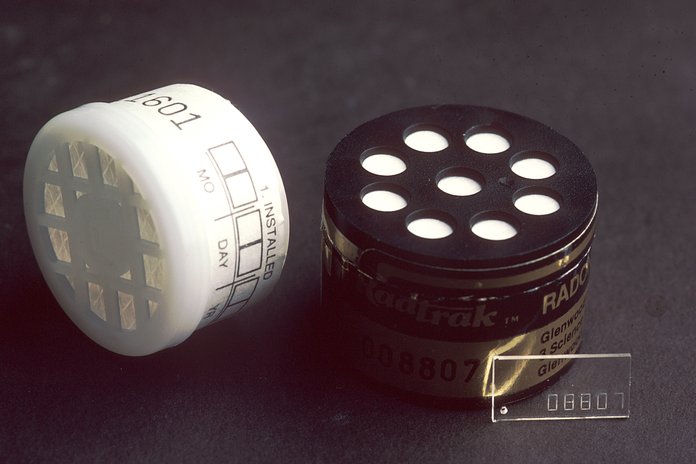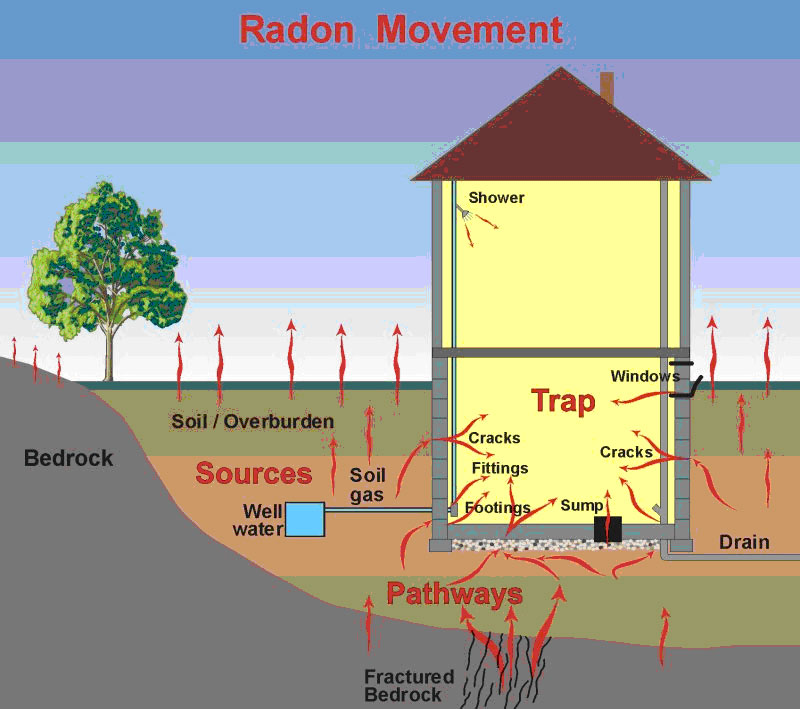Whatever you require to know about radon
When radon gets away from the bedrock into the exterior air, it is thinned down to such low concentrations that it presents a negligible hazard to health and wellness. When radon is restricted to enclosed or badly aerated areas, it can collect to high degrees. Radon levels are normally highest possible in cellars and crawl areas because these locations are nearest to the resource as well as are usually badly ventilated. Radon exposure is the # 1 reason for lung cancer cells in non- cigarette smokers.
How much does it cost to fix radon in house?
The cost of a mitigation system may vary according to the home's design, size, foundation, construction materials and the local climate. Radon reduction systems average costs nationally are $1,200 with a range from $800 to $1500 common depending on house and market conditions.
BREWSTER, NY-- Radon is the leading source of lung cancer in the United States amongst non-smokers. For those that smoke, radon considerably raises the cancer cells risk.
Due to the fact that it is watered down in the open air, Radon generally does not present a health and wellness risk outdoors. Radon can, nevertheless, accumulate to unsafe levels inside a home. One out of every 15 houses is estimated to have high radon levels. Radon is the 2nd leading cause of lung cancer (after cigarette smoking) in the United States, creating more than 20,000 lung cancer cells deaths each year.
What kind of cancer is caused by radon?
Radon decays quickly, giving off tiny radioactive particles. When inhaled, these radioactive particles can damage the cells that line the lung. Long-term exposure to radon can lead to lung cancer, the only cancer proven to be associated with inhaling radon.
The dangers to your wellness from radon
Radon reduction can be carried out in risky houses by very carefully intended securing of recognized resources, ventilation, as well as fans for high radon basements. Radon does not cause scratchy eyes or sprinkling noses, however it does damage your lungs gradually. Long-lasting direct exposure over the course of years, even if radon degrees rise and drop with time, considerably enhances your chances of developing lung cancer. Given that you're investing hours at a time in your house inhaling the air, you're mosting likely to take in lots of radon as you prepare, wash, and sleep if it's present in the home's air supply. Children that are residence all day long are at much more danger for inhalation.
The U.S. Epa (EPA) has recognized radon as the 2nd leading root cause of lung cancer in the United States. Many houses contain radon concentrations that are high sufficient to offer their owners life time exposures that can increase their risk of creating lung cancer cells.
Why is radon bad for you?

Radon produces a radioactive dust in the air we breathe. The dust is trapped in our airways and emits radiation that damages the inside of our lungs. This damage, like the damage caused by smoking, increases our risk of lung cancer.
How long do you have to be exposed to radon before it becomes a problem?
Radon is a radioactive gas and exposure to it causes 21,000 lung cancer deaths per year—only smoking causes more. Because you can't see, smell or taste radon, it's important to periodically test the air in your home. Believing you live in a region not affected by radon is just one of the myths about this deadly gas.
How do I know if my house has radon?
In fact, you're probably breathing it in every day, even if Check out this site it's at a low level. However, you can't tell if you're breathing it in at a high level. The danger in radon exposure is that you can't see it, taste it, or smell it. And you won't have any symptoms to alert you.
- The Canadian guideline for radon in interior air for dwellings is 200 Becquerels per cubic metre (200 Bq/m3).
- Over the years, data that tracks radon degrees shows that a huge percentage of Pennsylvania residences have a serious radon issue.
- Radon gas get more info threatens, as well as if the issue goes without treatment, the radon concentration continues to increase inside your home.
- Radon gas enters your house or other property from the outdoors, and gradually, progressively accumulates to harmful levels that can cause a raised danger of lung cancer cells or breathing problems.
What is radon in the home?
Radon is a radioactive gas that has been found in homes all over the United States. It comes from the natural breakdown of uranium in soil, rock, and water and gets into the air you breathe. Radon typically moves up through the ground to the air above and into your home through cracks and other holes in the foundation.
What causes radon?
Being exposed to radon for a long period of time can lead to lung cancer. Radon gas in the air breaks down into tiny radioactive elements (radon progeny) that can lodge in the lining of the lungs, where they can give off radiation. This radiation can damage lung cells and eventually lead to lung cancer.

Is it hard to sell a house with radon?
Fortunately, it's not hard to sell a house with radon, provided that you alert potential buyers and mitigate the problem, say Brian Thomas, a top real estate agent in the Denver, Colorado area, with 16 years of experience. “For as much fear and uncertainty as radon causes, there's an easy fix.”
How effective is radon remediation?
The Surgeon General and the EPA recommend testing for radon and reducing radon in homes that have high levels. Fix your home if your radon level is confirmed to be 4 picocuries per liter (pCi/L) or higher. Radon reduction systems work. Some radon reduction systems can reduce radon levels in your home by up to 99%.
Would you buy a house with radon?
Radon is a naturally occurring radioactive gas which may be found in indoor environments such as homes, schools, and workplaces. Radon is the most important cause of lung cancer after smoking.
How do you eliminate radon?
If a person has been exposed to radon, 75 percent of the radon progeny in lungs will become "harmless" lead particles after 44 years. When an alpha particle damages a cell to make it cancerous, the onset of lung cancer takes a minimum of 5 years but most often 15 to 25 years, and even longer.
How common is radon in a home?
It's common: About 1 in every 15 homes has what's considered an elevated radon level. The gas is odorless and invisible, says the EPA, and it causes no immediate symptoms, so the only way to know if your home is affected is by testing your individual residence.
Should I buy a house with high radon?
EPA RECOMMENDS: If you are buying or selling a home, have it tested for radon. For a new home, ask if radon-resistant construction features were used and if the home has been tested. Fix the home if the radon level is 4 picocuries per liter (pCi/L) or higher.
Does Radon make you tired?
The more uranium there is, the more radon there is. That makes radon the second leading cause of lung cancer after smoking. But even minor symptoms like headaches, feeling unusually tired, itching or burning eyes, irritated skin, nasal congestion, a dry throat or nausea could be due to your home's indoor air quality.